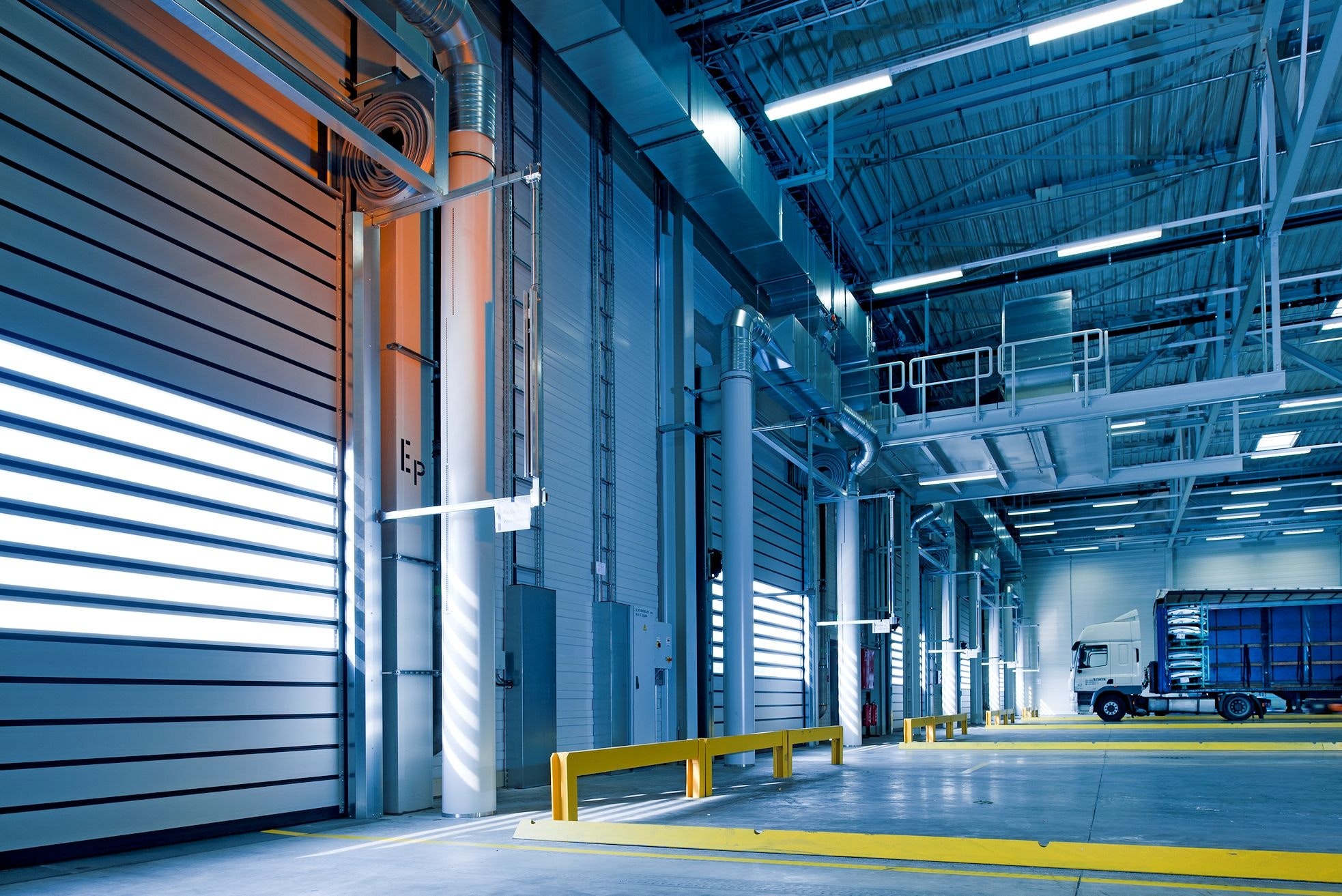The pandemic has accelerated a tech-driven industrial revolution.
The fourth industrial revolution is being driven by technology such as high-speed mobile internet, artificial intelligence, automation, cloud technology and big data analytics.
The pandemic necessitated a shift to remote working. This has changed the way we use technology to interact and has seen the workplace evolve into a hybrid model which includes home working, mobile working and some degree of office-based working.
As the use of technology evolves, customer expectations are also changing. For example, many banking customers would prefer to interact with their branch through an app or via a zoom chat, rather than attend a meeting at a branch, in-person. Expectations are also changing around “office hours” as more people are now working flexibly.
Technology is enabling businesses to offer greater personalization and valuable, connected experiences using online channels. This is changing customer behaviors – customers are not afraid to switch brands for a better technology-enabled experience.
So what do businesses need to do to future-proof themselves? Businesses will need to invest in hiring the right people so that they have the right mix of skills to keep pace with evolving technology. Existing employees will need to update their skills as businesses begin to harness big data analytics, artificial intelligence and automation. The adoption of these technologies will likely happen at different times, depending on the industry, but organisations cannot afford to be complacent.
The fourth industrial revolution is presenting opportunities as well as challenges to businesses (and their management teams). The most successful organisations will be the ones that are proactive in harnessing new technology to disrupt the markets in which they operate.








